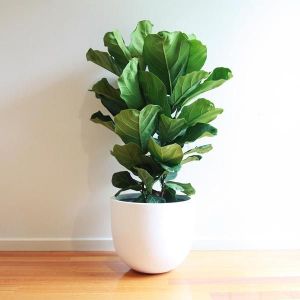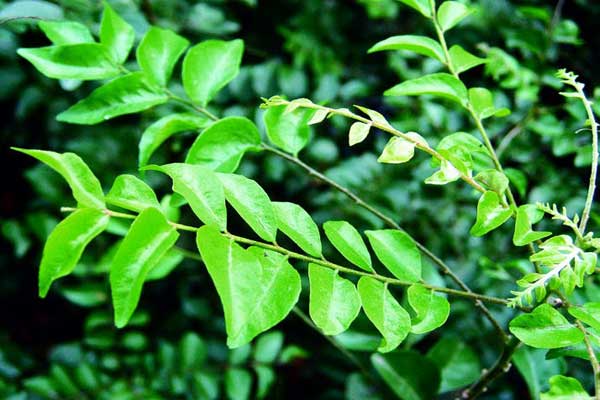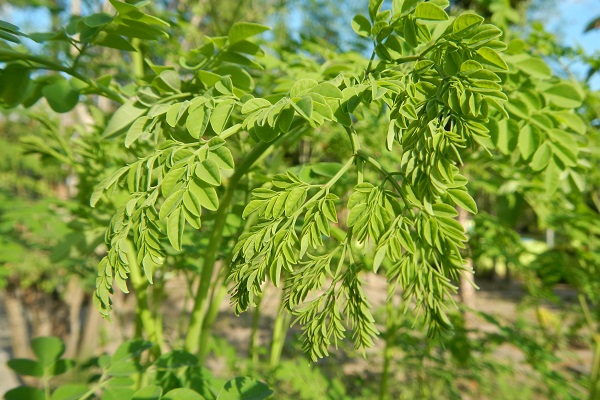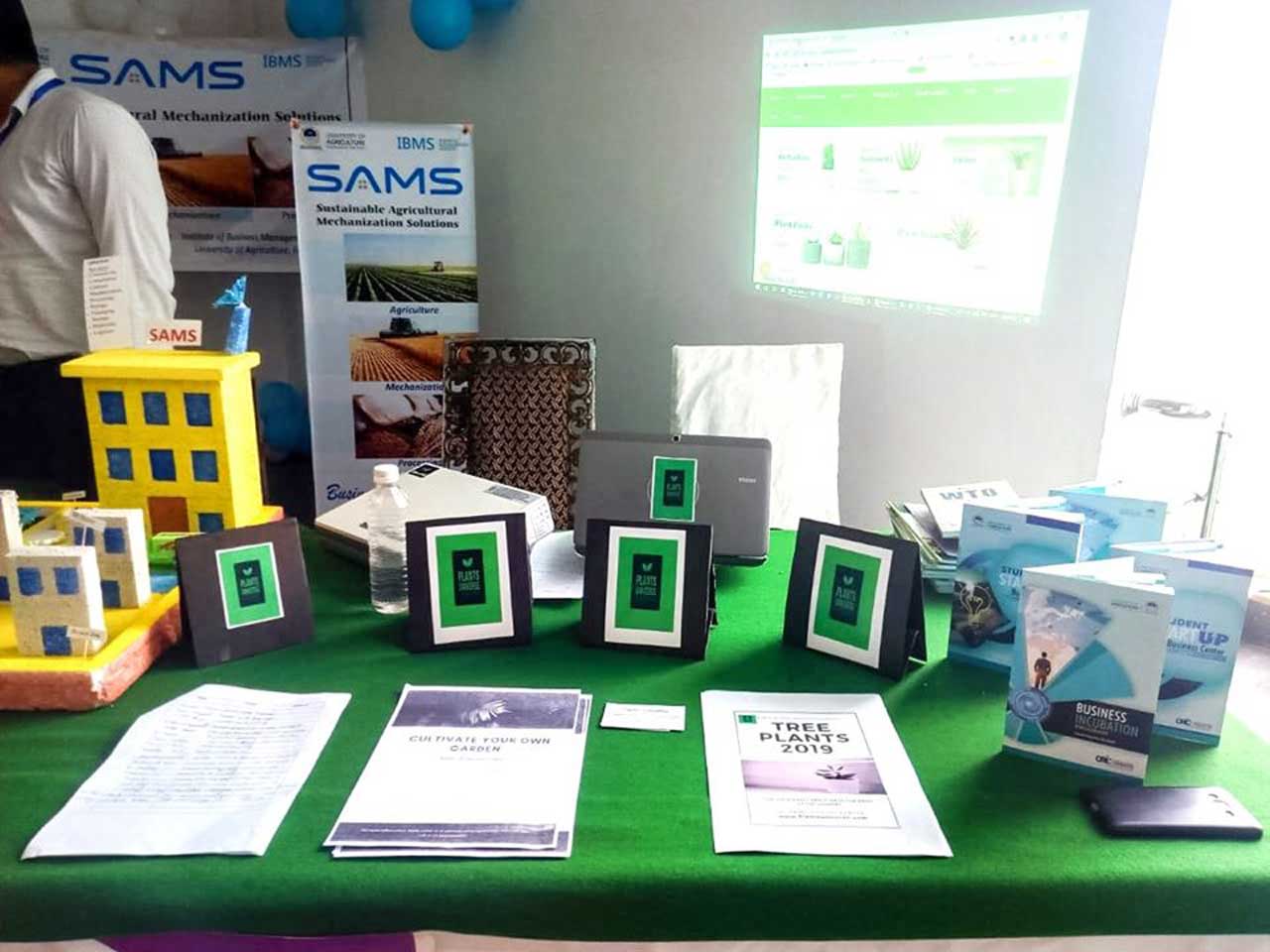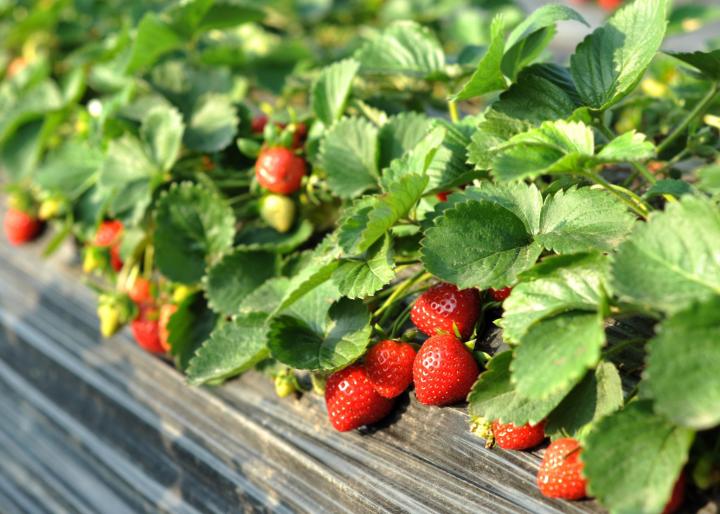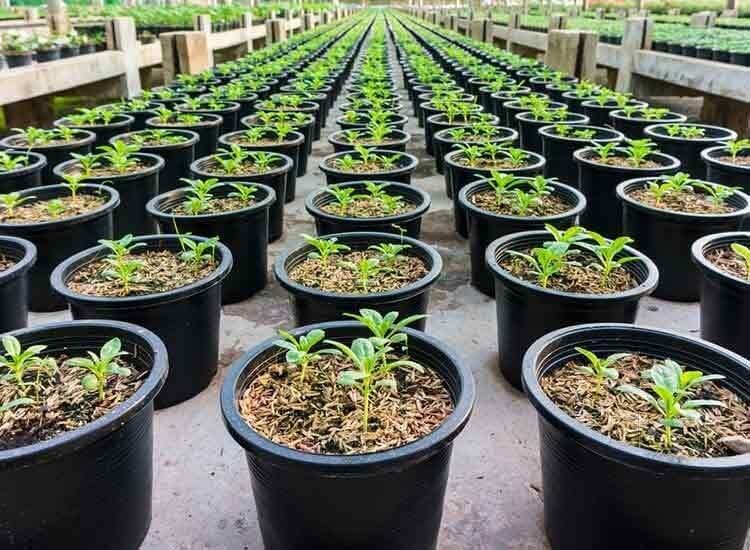TOPIC: LEMON GRASS
DESCRIPTION
Plant Height:
Lemongrass forms a tall, grassy clump 3 to 5 feet tall.
Plant Spread:
Lemongrass grows quickly and spreads to fill a planting bed or pot. Expect a plant to reach a size of 3 to 5 feet tall and up to 2 feet wide in a growing season. If you go the container route, choose a 5-gallon or larger pot (minimum 14 inches across). Lemongrass is a tropical plant native to South and Southeast Asia. Lemongrass is widely used in Indian, Thai and Vietnamese.
General Description:
Lemongrass, Cymbopogon citratus, is a perennial grass in the family Poaceae grown for its fragrant leaves and stalks which are used as a flavoring. The leaves are blue-green in color, turning red in the fall and emit a strong lemon fragrance when damaged. Lemon grass can reach a height of 1.8 m (6 ft) and will grow for several years, typically its economical lifespan is 4 years.
Common Names:
Cymbopogon, variously known as lemongrass, barbed wire grass, silky heads, Cochin grass or Malabar grass or oily heads, is a genus of Asian, African, Australian, and tropical island plants in the grass family.
Flower Color:
None
Bloom Time:
No flowers.
Maximum Reachable Height:
Lemon grass is a tall, perennial sedge throwing up thick fascicles of leaves from a short root. The culm is stout, erect, up to 1.8 meter high.
PLANTING AND CARING
Sunlight:
In its native habitat, lemongrass grows in full sun, even in hot climates. At least six hours of direct sun per day will meet the plants' energy needs. Plants growing in shade will be sparse and may attract pests.
Soil:
Lemongrass plants prefer rich, loamy soil. You can create this ideal soil by adding a number of different soil amendments: compost, manure, and leaf mold are all enriching additives that you can add at planting time.
Water:
Unlike some ornamental grasses, lemongrass is not a drought-tolerant plant. Keep the roots constantly moist for best plant health. A three-inch layer of mulch can help conserve soil moisture, and will enrich the soil as it breaks down.
Temperature:
As tropical plants, lemongrass thrives in hot, steamy climates. The time for growing lemongrass outdoors is similar to the timing for tomato planting: when night temperatures are in the 60's, it's time to plant. Lemongrass is very frost sensitive, so if you plan to over winter the plant indoors, bring it inside before temperatures get into the 40's.
Fertilizer:
As a grassy plant, lemongrass needs a nitrogen-rich fertilizer for best growth. You can use a slow-release 6-4-0 fertilizer that will feed lemongrass throughout the growing season. You can also water your lemongrass plants with manure tea, which will add trace nutrients.
AFTER CARING
Harvesting:
- As a fast growing plant, lemongrass can withstand harvest when plants are young without any adverse effects on growth.
- Although the green leafy portions are too tough to eat, you can snip them for tea or steep in broth.
- The juicy stalks are edible when mashed or minced, adding a fragrant lemon note to dishes. Use a hand trowel to remove individual stalks, roots and all, from the clump.
- Remove the tough outer leaves and prepare the tender white stalks by chopping, or freeze whole stalk pieces for later use.
TYPICAL USES OF PLANTS/PRODUCTS
Special Features:
The presence of Vitamin A in lemongrass makes it helpful for skin issues such as acne pimples. It helps to brighten the skin and eyes and clear up oily skin thus improving acne. Its antibacterial property is also valuable for skin infections. Lemongrass may improve poor body odour by controlling excessive sweating.
Culinary Uses:
Dried or fresh lemongrass is commonly used to make herbal teas and other drinks. When cooking with lemongrass, you can use fresh, dried, or powdered leaves. It is popular in many Asian cuisines and adds an intriguing flavor to soups and stews.
Ornamental Uses:
Lemongrass brightens skin and clears the complexion, is naturally antibacterial and promotes strong and healthy hair growth while balancing oil production, while leaving a pleasing, stress alleviating lemony scent in its wake.
Medicinal Uses:
Lemongrass is a plant. The leaves and the oil are used to make medicine. Lemongrass is used for treating digestive tract spasms, stomachache, high blood pressure, convulsions, pain, vomiting, cough, achy joints (rheumatism), fever, the common cold, and exhaustion. It is also used to kill germs and as a mild astringent.
References:
https://www.pinterest.com › rjacinto161987 › lemon-grass-ideas
https://www.hgtv.com/outdoors/gardens/grow-your-own-lemongrass
https://www.thespruce.com/lemongrass-plant-profile-4686088
https://plantvillage.psu.edu/topics/lemon-grass/infos



